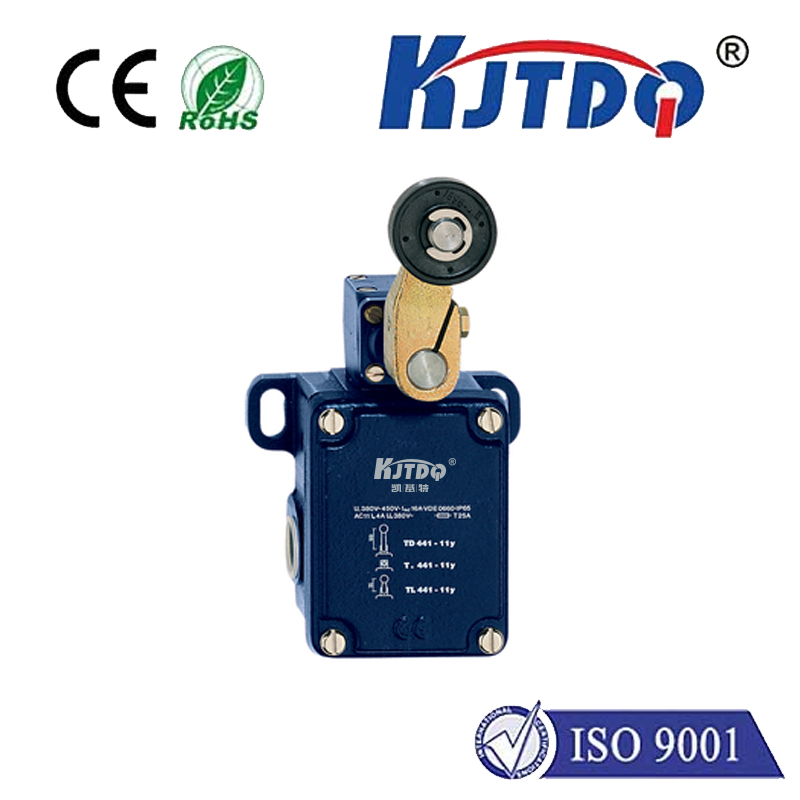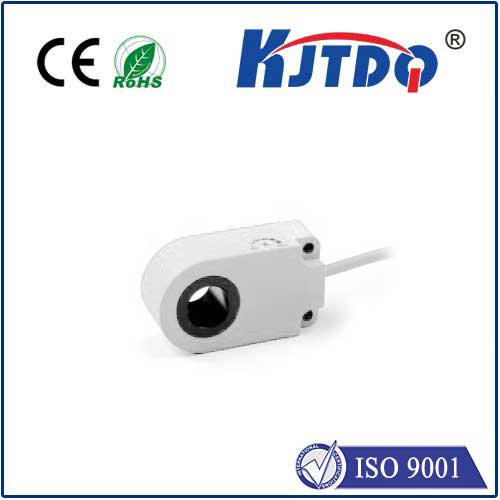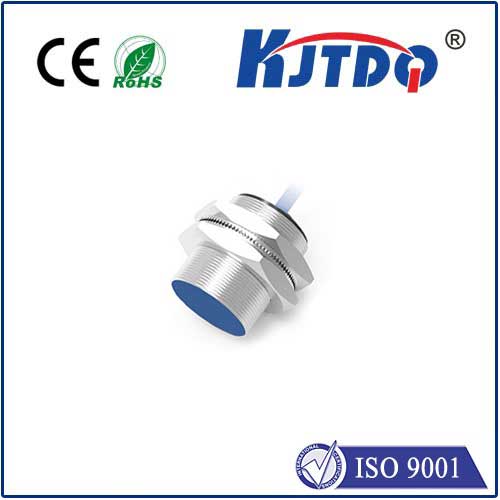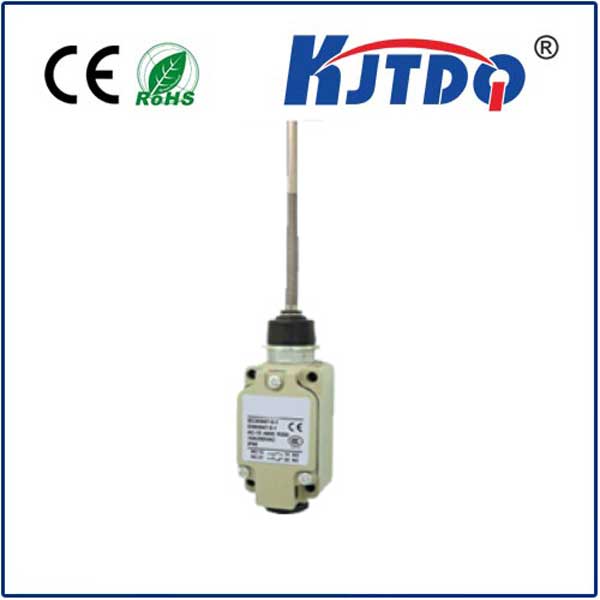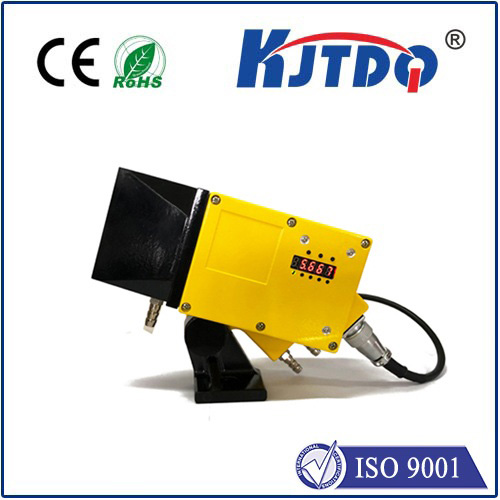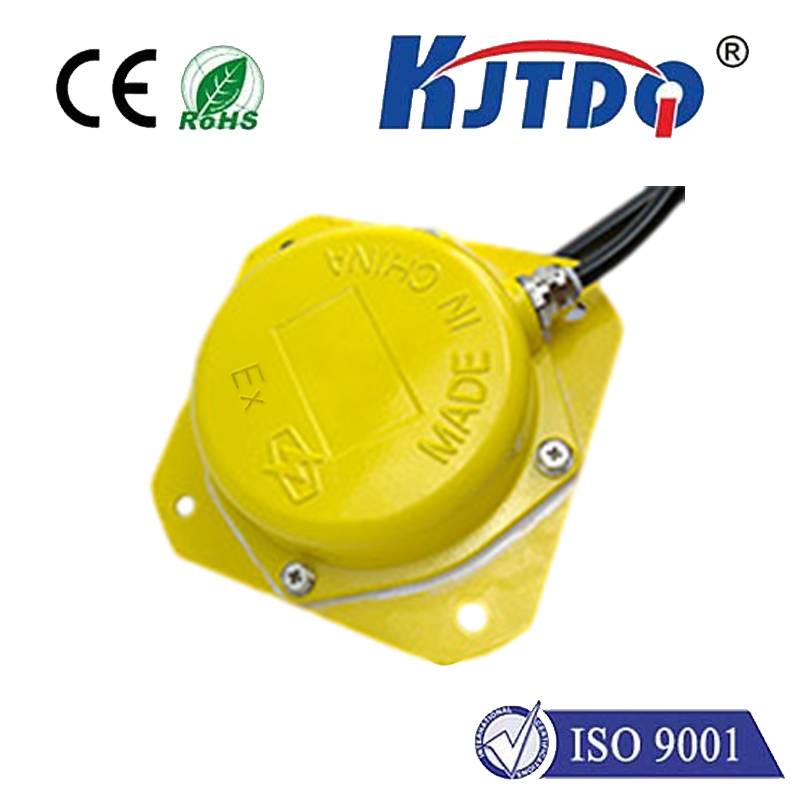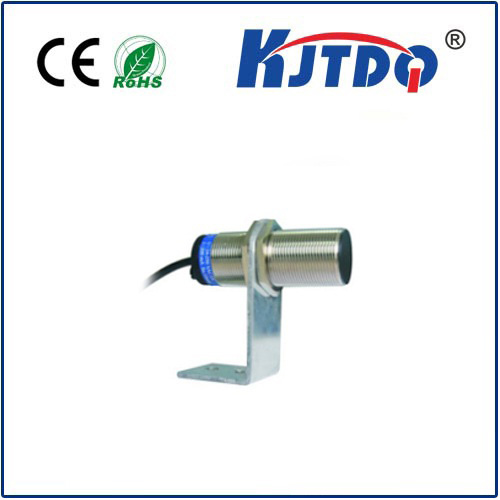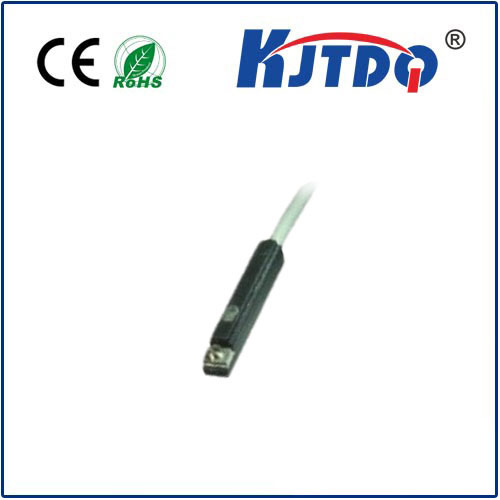лазерный высотомерный датчик
- time:2025-09-08 14:35:52
- Нажмите:0
Laser Height Measurement Sensors: The Key to Non-Contact Precision
Imagine measuring the thickness of a human hair on a vibrating production line, the precise contour of an aircraft wing, or the microscopic height variations on a silicon wafer—all without ever touching the object. This level of accuracy and non-invasive inspection isn’t science fiction; it’s the everyday reality enabled by Laser Height Measurement Sensors. These sophisticated devices have revolutionized quality control, automation, and research by providing fast, reliable, and highly precise distance data. If consistent, non-contact dimensional verification is critical to your process, understanding laser height sensors is essential.
How Laser Height Measurement Works: Triangulation in Action
The core principle behind most laser height sensors is optical triangulation. Here’s a simplified breakdown:
- Laser Emission: A focused laser diode projects a sharp, visible or invisible (typically red or blue) beam onto the target surface.
- Light Reflection: The laser spot reflects diffusely off the target surface.
- Light Reception: A high-resolution, position-sensitive detector (like a CCD or CMOS linear array) within the sensor captures the reflected light.
- Triangulation Calculation: The sensor knows the precise angle between the emitted laser beam and the detector’s optical axis. By determining the exact position where the reflected light strikes the detector, advanced onboard electronics calculate the distance (height or displacement) to the target using trigonometric principles.
- Output: The calculated distance value is output in real-time as an analog signal (e.g., 0-10V, 4-20mA) or digital data (via interfaces like USB, RS-232, Ethernet/IP, EtherCAT, or PROFINET).
This method excels at measuring the height or displacement of objects relative to the sensor’s reference point, making it distinct from simple laser distance sensors focused purely on absolute range.

Why Choose Laser Height Sensors? Compelling Advantages
Laser height sensors have become indispensable across numerous industries due to a powerful set of benefits:
- Non-Contact Measurement: Eliminates wear on the sensor and prevents damage or distortion to delicate, soft, sticky, or hot surfaces. This is crucial for measuring fragile materials, rotating objects, or products on fast-moving conveyors.
- High Precision and Resolution: Capable of achieving resolutions down to sub-micron levels (0.1 µm or less) and high repeatability, essential for applications demanding extreme accuracy like semiconductor manufacturing or optical component inspection.
- High Speed: Measurements are performed thousands of times per second, enabling real-time process monitoring and 100% inline inspection on high-speed production lines where traditional methods fail.
- Многогранность: Suitable for measuring a vast range of materials – metals, plastics, glass, rubber, wood, liquids (meniscus level), PCBs, and more – regardless of color (though highly reflective or transparent surfaces can pose challenges requiring specific sensor models or surface treatment).
- Small Spot Size: The focused laser beam allows for precise measurement of tiny features, edges, or components with minimal obscuration of the surrounding area.
- Ease of Integration: Compact designs and various mounting options make it relatively straightforward to integrate these sensors into existing machinery, robots, or custom inspection systems. Digital interfaces simplify connection to PLCs and control systems.
Key Applications Driving Industry Standards
The unique capabilities of laser height sensors find critical use in diverse sectors:
- Automotive Manufacturing: Measuring tire tread depth, gap and flush between body panels (doors, hoods, trunks), verifying component thickness (gaskets, brake pads), inspecting weld seam height, and controlling robotic coating/sealing application thickness.
- Electronics & Semiconductor: Inspecting solder paste volume and height on PCBs (SMT), measuring component lead coplanarity, checking flatness of wafers and substrates, verifying connector pin height, and inspecting microstructures.
- Precision Engineering & Machining: Verifying part thickness, step height, warpage, and flatness post-machining or molding. Measuring tool wear and runout.
- Web & Film Production: Monitoring coating thickness uniformity on paper, film, foil, fabrics, or batteries. Measuring web flutter/vibration and overall thickness profile.
- Pharmaceutical & Packaging: Verifying fill level in bottles/vials (non-liquid surfaces), checking capsule height and integrity, inspecting blister pack formation, and ensuring packaging seal integrity through height variation detection.
- Logistics & Warehousing: Measuring palletized goods height for storage optimization and automated guided vehicle (AGV) navigation.
Selecting the Right Laser Height Measurement Sensor: Key Considerations
With a broad range of models available, choosing the optimal sensor involves evaluating several factors:
- Measuring Range: The minimum and maximum height/distance the sensor needs to accurately cover.
- Resolution & Accuracy: Required level of detail and measurement certainty for the application. Remember, resolution is the smallest detectable change, accuracy is how close the measurement is to the true value.
- Spot Size: Determines the measurement resolution and suitability for small features. Smaller spots = finer detail.
- Standoff Distance: The distance from the sensor face to the middle of its defined measuring range.
- Sampling Rate / Frequency Response: How quickly the sensor takes measurements. Critical for high-speed lines or vibrating targets.
- Material Properties: Consider the target’s surface finish (rough, smooth, glossy, matte), color, and transparency. Highly reflective or transparent surfaces often require specialized sensors (e.g., with blue lasers for copper or shiny metals, or specific optics for glass).
- Environmental Conditions: Evaluate operating temperature range, presence of dust, moisture, oil mist, or vibration, which may necessitate specific enclosures (IP ratings) or ruggedized designs.
- Output & Interface: Compatibility with existing control systems (analog voltage/current, digital protocols like Ethernet/IP, EtherCAT, PROFINET, Modbus TCP, RS-232⁄485).
- Mounting & Size: Physical constraints within the application space.
Overcoming Surface Challenges
While highly versatile, the nature of the target surface significantly impacts laser height sensor performance:
- Shiny/Reflective Surfaces: Can cause saturation or multiple reflections, confusing the detector. Solutions include using sensors with built-in suppression algorithms, polarizing filters, tilting the target slightly, applying a temporary matte coating, or using shorter wavelength lasers (e.g., blue laser sensors excel here).
- Transparent Materials (Glass, Plastic): The laser beam may penetrate the surface or reflect from both front and back faces. Specialized sensors focused on the first surface reflection or confocal chromatic sensor principles might be needed.
- Black or Low-Reflectivity Surfaces: Can reduce signal strength. Choosing sensors with higher laser power output and optimized detectors helps overcome this limitation.
- Rough or Textured Surfaces: Can scatter light, leading to noisier signals. Averaging multiple readings or selecting sensors with stable reference algorithms improves results.
Laser height measurement sensors represent a cornerstone technology for modern, data-driven manufacturing and quality assurance. Their ability to deliver sub-micron precision, thousands of times per second, without contact, makes them invaluable tools for enhancing product quality, increasing production efficiency, reducing waste, and automating complex inspection tasks. By carefully selecting a sensor matched to your specific application requirements, particularly considering material and environmental factors, you unlock a powerful capability for achieving unparalleled levels of process control and dimensional verification.

